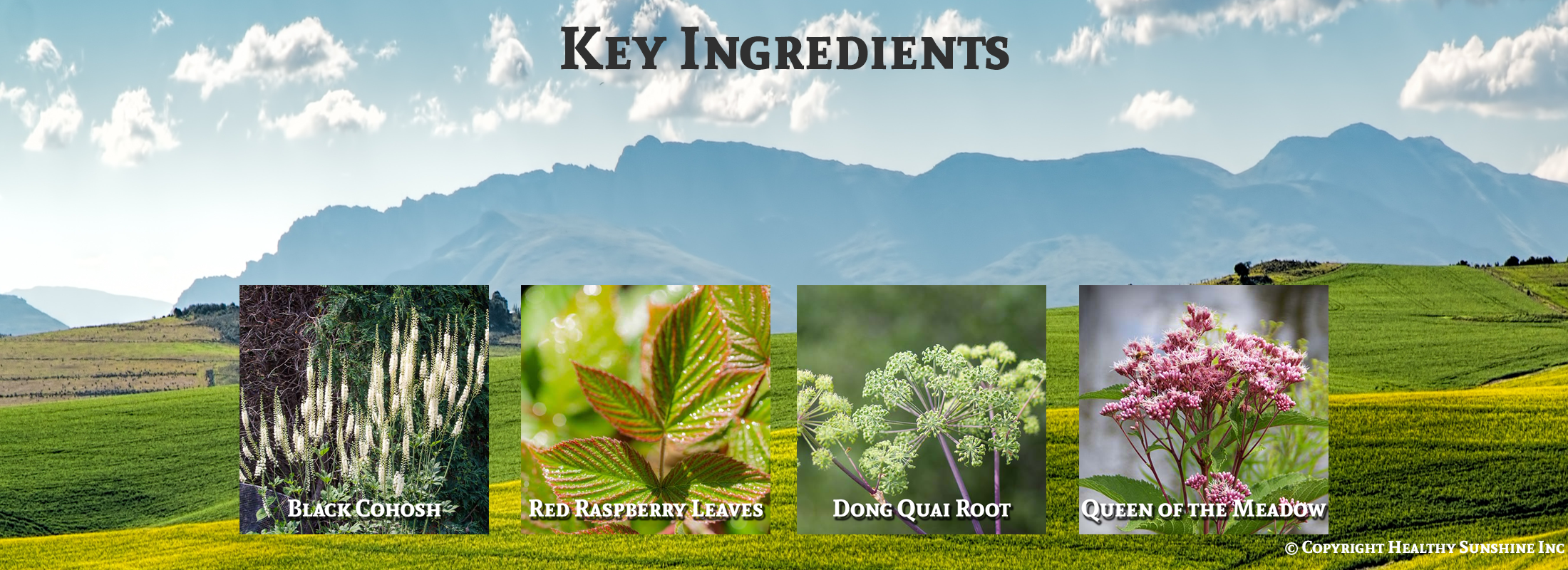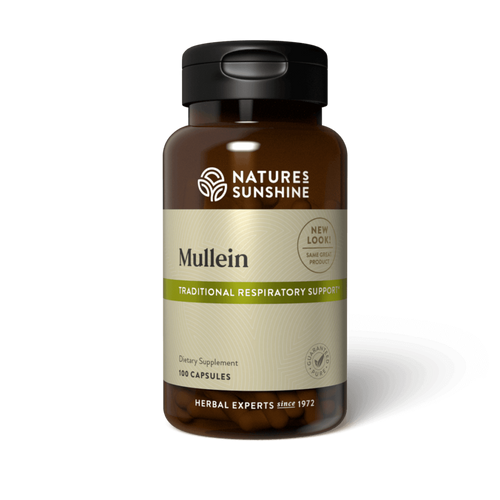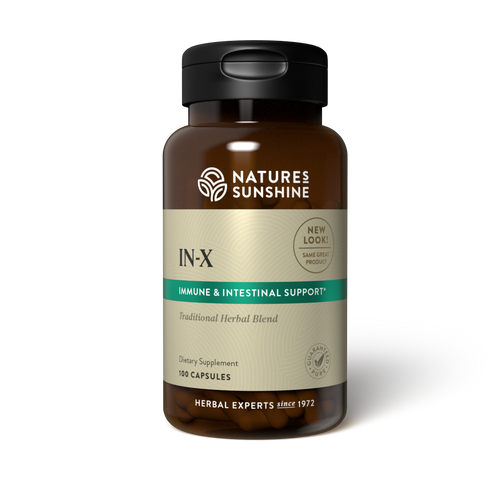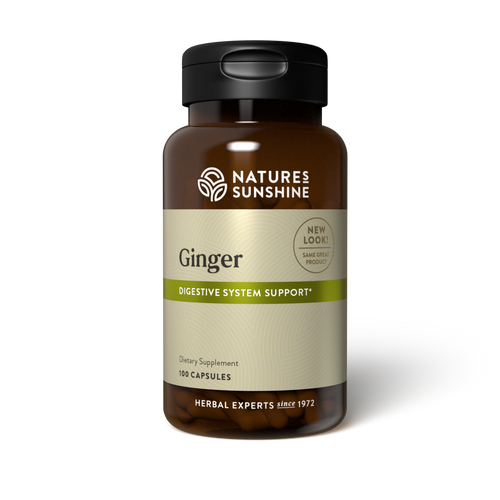Benefits:
- Supports the female reproductive system.
- Aids in glandular system functions.
- Provides nutritional support for menopausal women.
How It Works:
Red raspberry leaves nutritionally support the entire female reproductive system.
Dong quai root benefits the circulatory, nervous and immune systems. It is also known to aid muscle, joint and skin elements of the structural system.
Ginger root contains highly assimilable trace minerals. Licorice root feeds the adrenal glands and helps produce a synergistic effect with all of the other herbs in the formula.
Black cohosh root is used by many women during and after menopause and is known to aid the structural and muscular systems.
Blessed thistle has been acclaimed by herbalists as important for female reproductive organs. Marshmallow root contains asparagine, which is beneficial to the urinary system.
Marshmallow is also used for the digestive, respiratory and circulatory systems.
Queen of the Meadow herb has been traditionally used for the urinary system as it functions to help keep body fluids balanced.
Ingredients:
Red raspberry leaves, dong quai root, ginger rhizome, licorice root, black cohosh root, blessed thistle aerial parts, marshmallow root and queen of the meadow leaves
Recommended Use:
Take 2 capsules with a meal three times daily.
The Romans were cultivating red raspberries in the 4th century. King Edward I of Britain saw the need for their cultivation in the 13th century. Native Americans were already enjoying them when the Europeans arrived.
Dong quai, a relative of celery and carrots, has been used in TCM for thousands of years specifically for PMS and sexual health. It has also been popular in Ayurveda, and it was used by Native Americans.
Traditional Chinese Medicine reveres black cohosh for general health, going back thousands of years. Native Americans used this plant and shared its benefits with colonists who adopted its use for women’s health concerns.
You’ll find queen of the meadow growing up to 12 feet tall in wet woodlands. The Cherokee used the roots for urinary support and women’s health. The Potawatomi used the leaves for topical application.
















